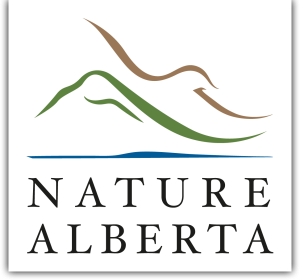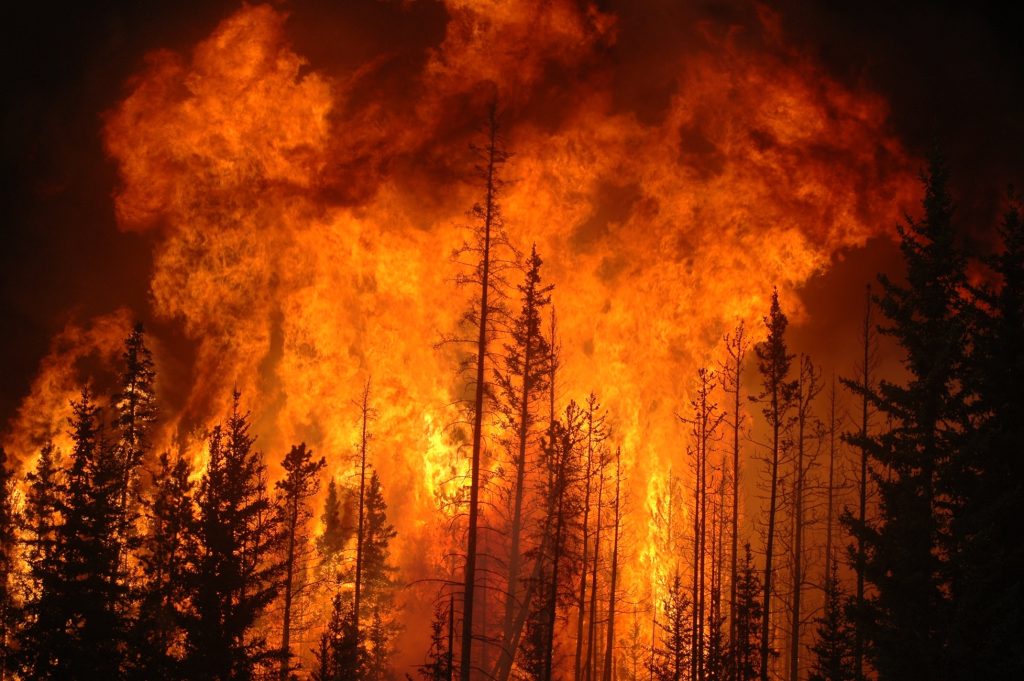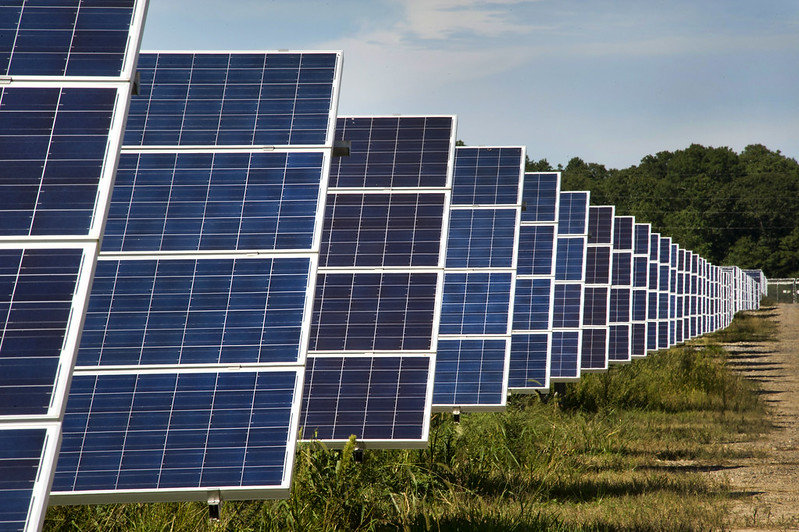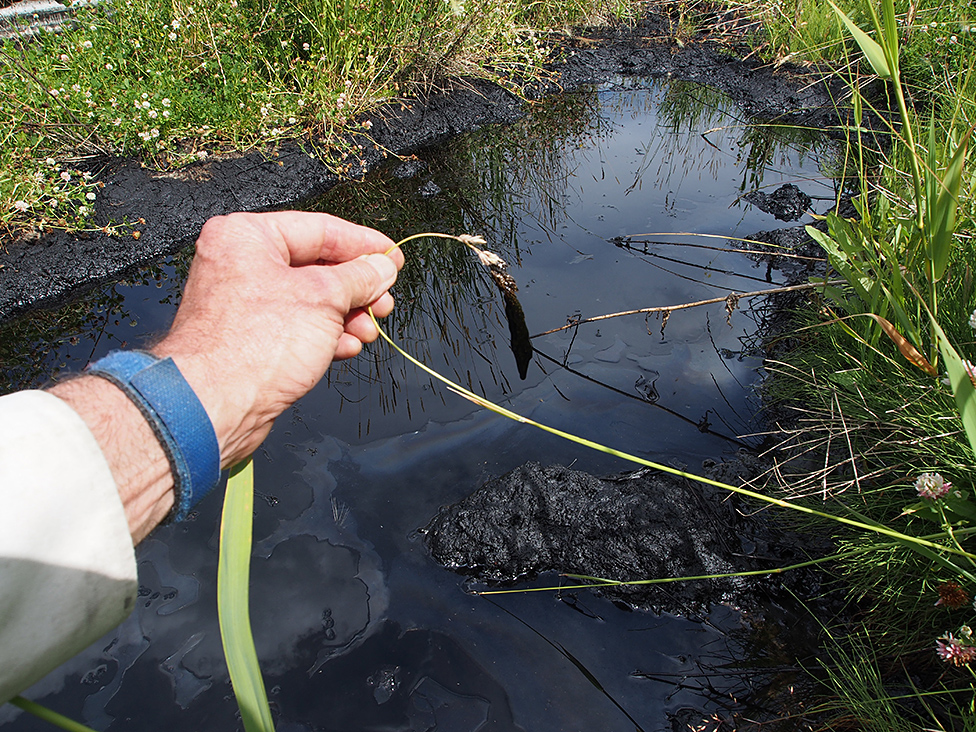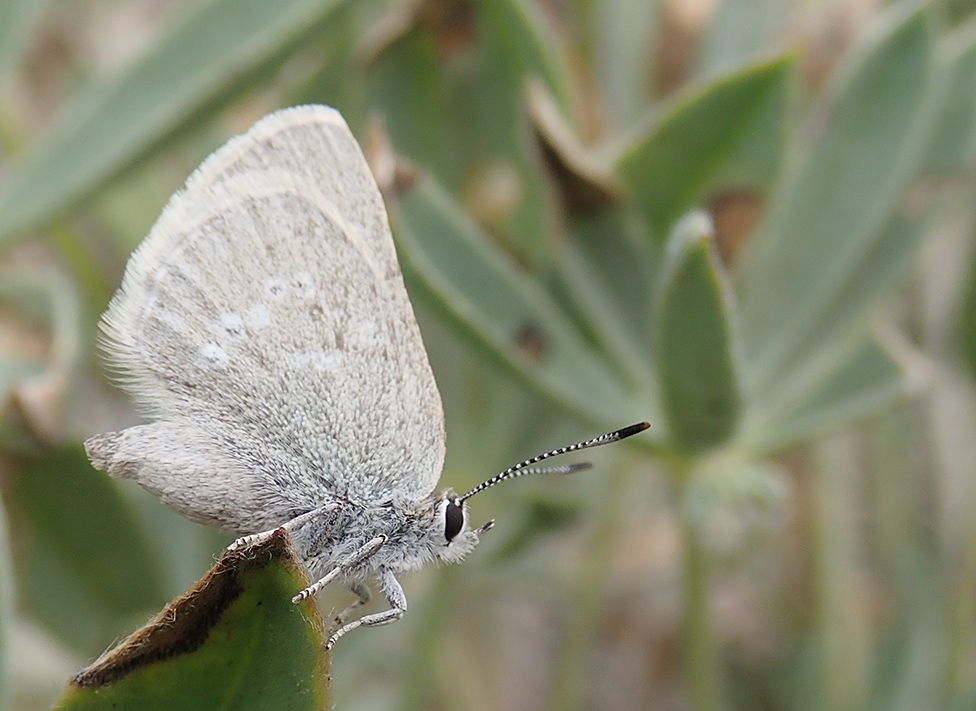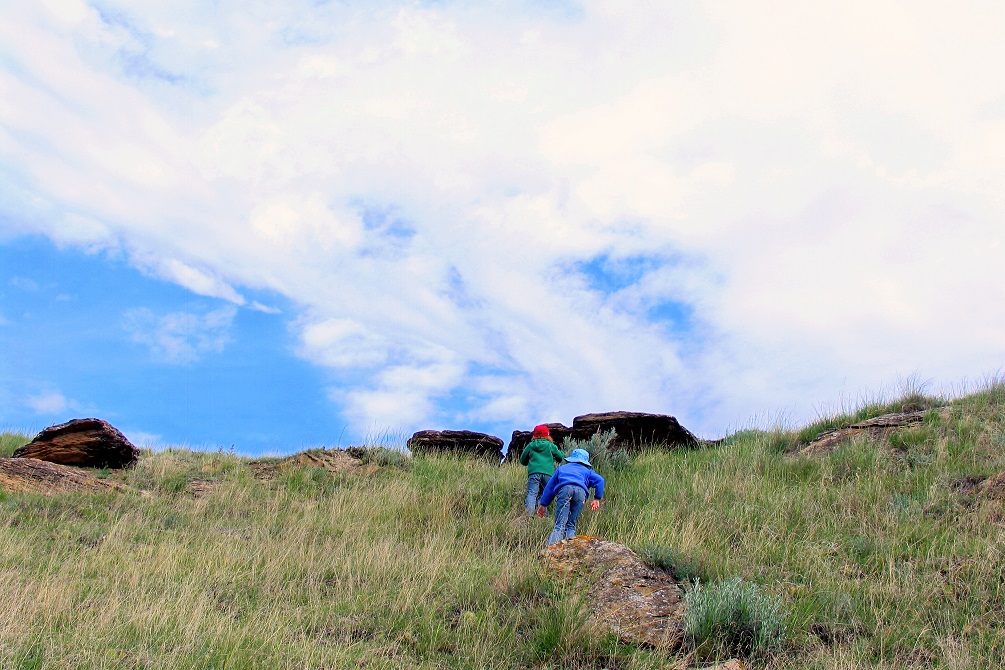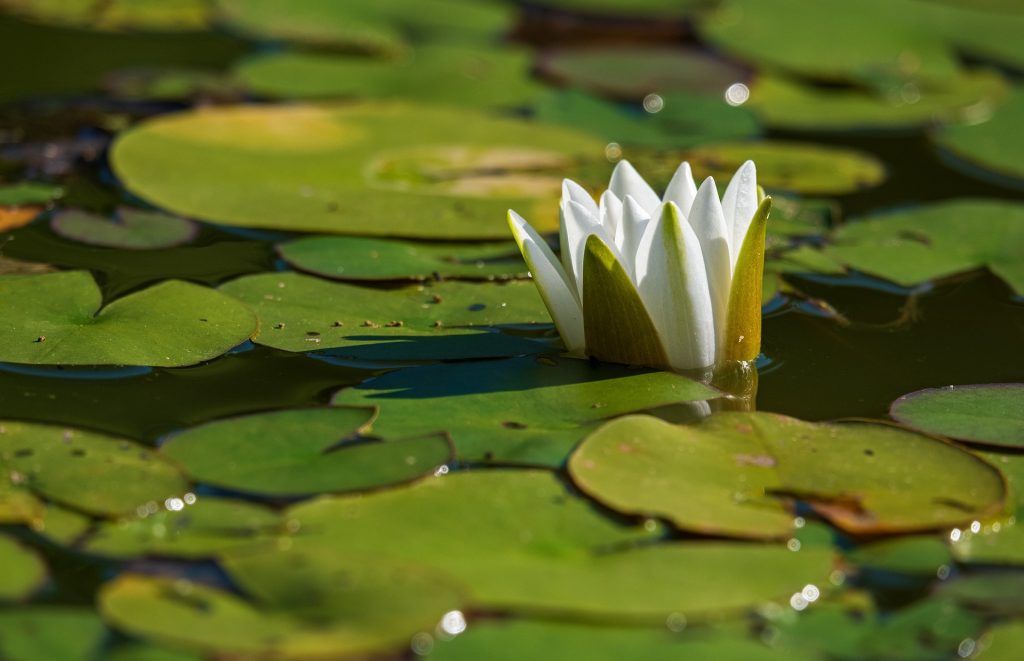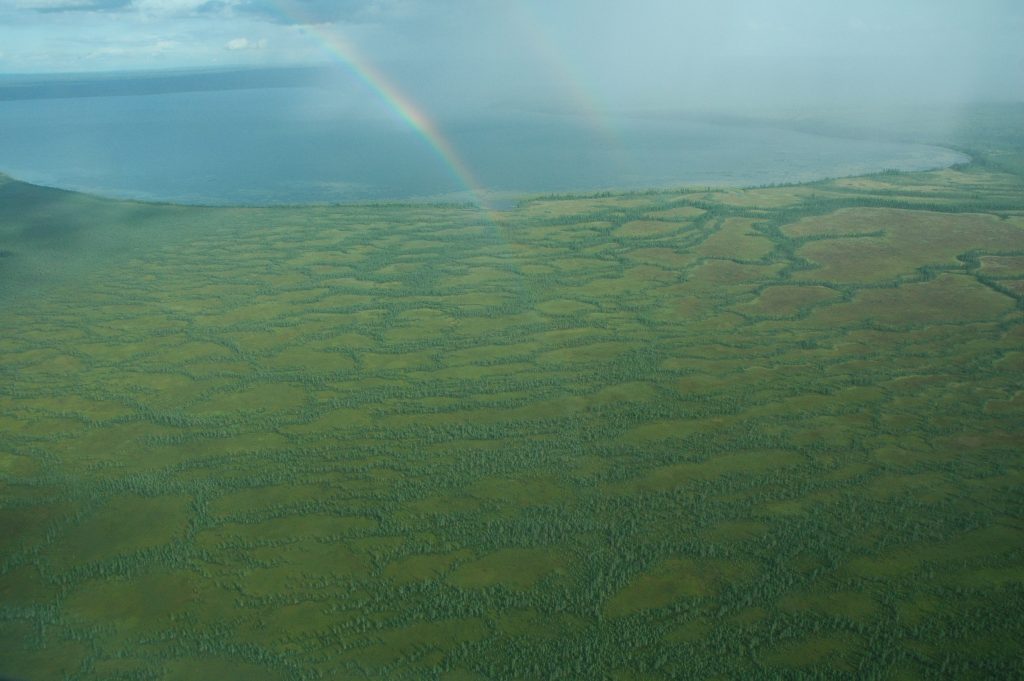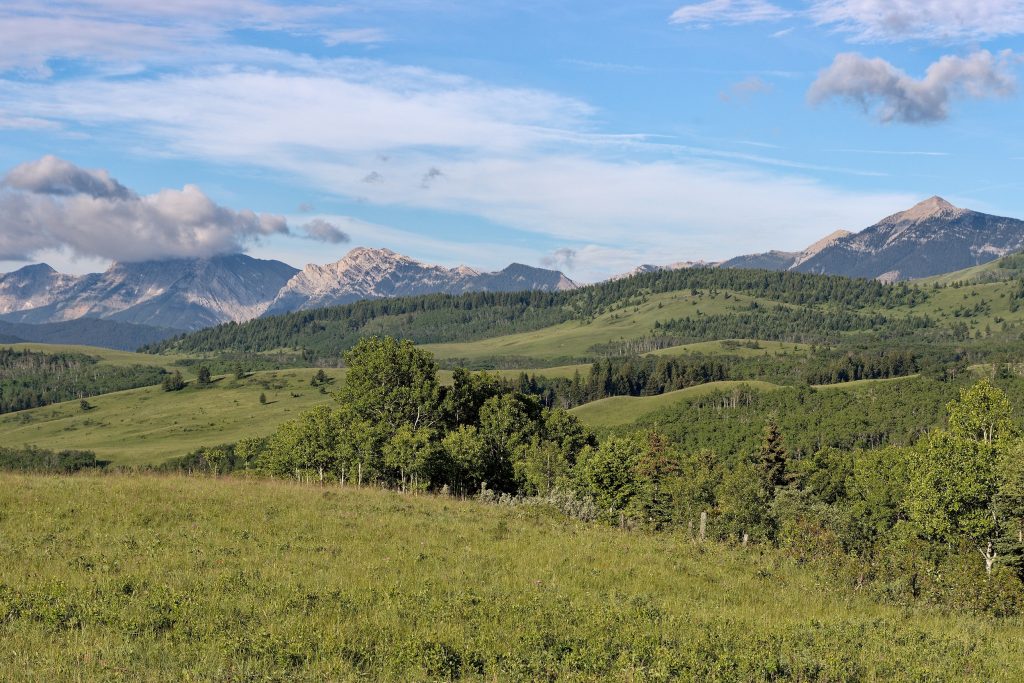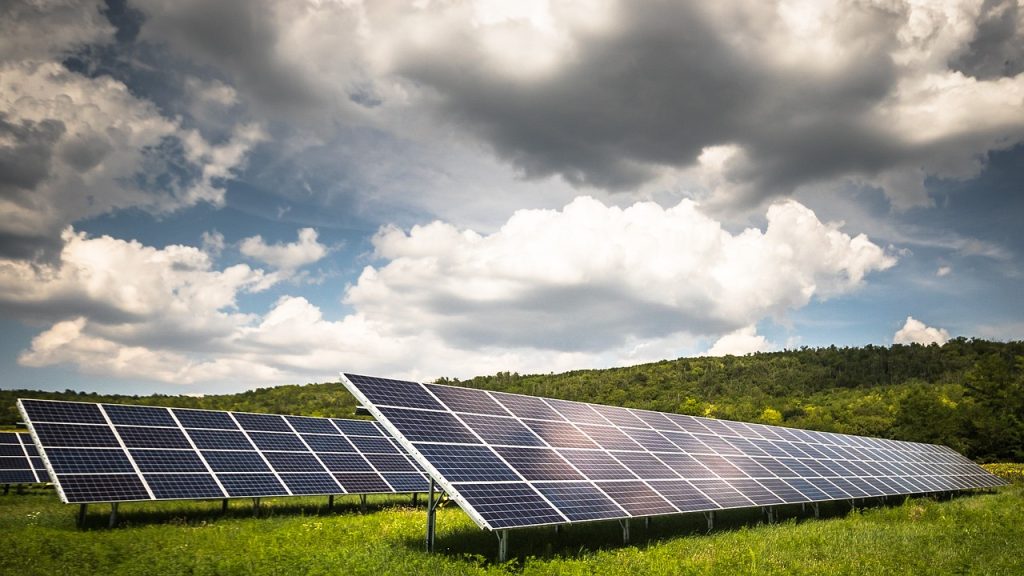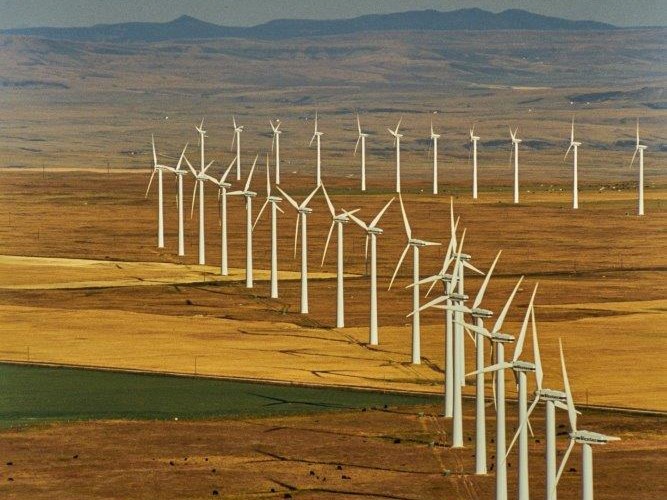Conservation Blog
The Changing Role of Forest Fire in a Warming Climate
Explore the changing role of forest fire in a warming climate. What does the future hold, and how can we respond?
Read MoreRenewable Energy: Proceed But With Caution
The Alberta government recently put a pause on renewable energy projects, exposing critical gaps in our system of land-use planning. Nature Alberta strongly supports efforts to reduce carbon emissions through increased renewable energy development. But we need to do a better job of planning renewable energy projects and where they are placed on the landscape.
Read MoreHiding in Plain Sight: The Legacy of Fossil Fuel Industry Disturbances
BY KEVIN P. TIMONEY
The legacy of fossil fuel landscape disturbance is pervasive in Alberta. Municipalities and individual homeowners are finding themselves living alongside contaminated sites, which at first glance may have appeared nice and green. Learn to spot the signs of contamination…
Read MoreSurvival Against the Odds: Alberta’s Half-moon Hairstreak Butterfly
BY BENNY ACORN
Waterton Lakes National Park is truly one of the most remarkable areas in all of Alberta, where natural beauty is partnered with rich and unique biological diversity. Although you would not expect it, the story of one of Alberta’s rarest insects begins here, under the late-winter snow. This is a story of unexpected alliances, remarkable specialization, and perseverance in the face of catastrophic adversity, and it all takes place on the Blakiston Fan.
Read MoreFreedom to Roam
BY RICHARD SCHNEIDER
What if people were allowed to walk through and explore undeveloped landscapes wherever and whenever they chose? And what if this was considered a basic human right with deep cultural roots and wide public support?
Read MoreBotanical Treasures in McClelland
A collection of rare plant species, presented by the Alberta Native Plant Council have been curated, in a heightened effort to create awareness among the communities across Alberta and beyond regarding the ecological significance of the McClelland Lake watershed.
Read MoreDon’t Mine McClelland
BY PHILLIP MEINTZER
The McClelland Lake Wetland Complex, dominated by peatlands, and features a beautiful and provincially significant patterned fen, is one of Alberta’s greatest, but also lesser-known natural treasures—one that’s at risk of destruction.
Read MoreCollaborating for Protection: Conservation Easements and the Waldron Ranch Grazing Co-operative
BY FOREST HISEY AND JONAH OLSEN
The Waldron Ranch Grazing Co-operative has entered a partnership with the Nature Conservancy of Canada to protect over 120 km2 north of Pincher Creek using a conservation easement.
Read MoreConservation Trade-offs
BY RICHARD SCHNEIDER
Between a Rock and a Hard Place: Situations where conservation objectives are themselves in conflict are challenging for conservationists to grapple with and lead to divisions within the conservation community.
Does Going Green Put Wildlife in the Red?
BY LORNE FITCH
There is no question we need to transition from fossil fuels to alternate energy sources. It’s hard to find a species in Alberta not affected by climate change. But we shouldn’t be blind to the issues renewable energy solutions can cause to wildlife and their habitats.
